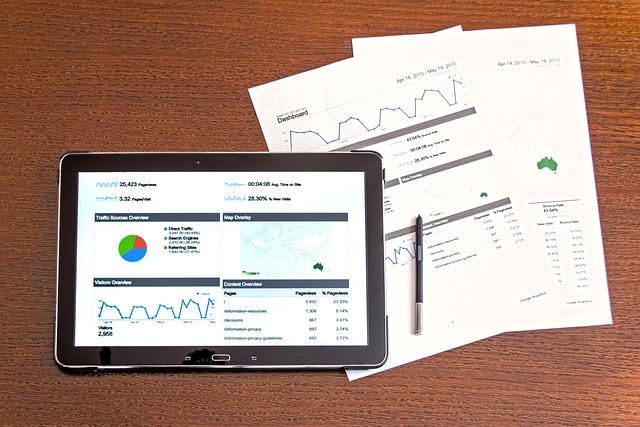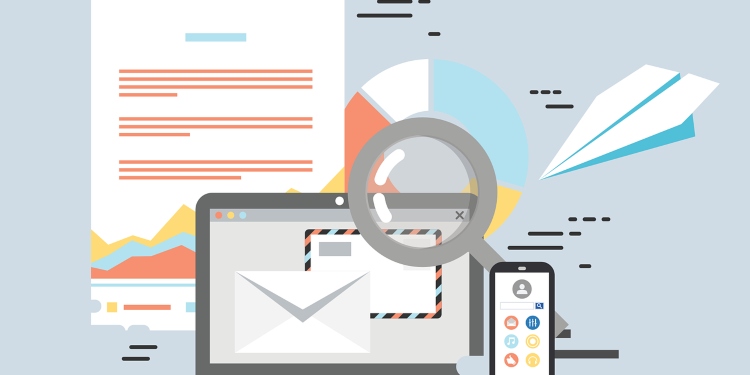Personalisation has without a doubt been a buzzword over recent years. But what is it, why is it important, and what are the benefits? Let’s take a look.
What is Personalisation?
Put simply, at the heart of personalisation is the recognition that each person has a unique set of needs, demands, and interests. This is then applied to scenarios which traditionally may provide a common experience to its audience. For example, online slot games often play the same no matter who the user is. However, some games like Plinko Go are starting to take this a step further. These customisable games allow players to select the number of paylines available to them and the size of the board, which in turn affects the volatility. In addition, players can adjust the multiplier values on the board, altering the RTP. This provides the opportunity for personalised gameplay depending on the player’s individual gaming preferences.
And as consumer behaviour continuously adjusts, personalisation in marketing is perhaps more important than ever before. In fact, 75% of consumers tried a new shopping behaviour over a period of 18 months, and over 80% of those said they would continue with this purchasing behaviour. In addition to this, 71% of consumers don’t just want personalisation, they expect it. And, if they don’t get personalised experiences, 76% will become frustrated with the brand – 75% will even switch to something new because of it. With this data from McKinsey and Company in mind, the power of personalisation is clear. But how specifically can it benefit consumers and brands?
Benefits for Consumers
Today, there are so many products on the market that it can lead to decision paralysis due to a phenomenon known as overchoice. This is where consumers can feel overwhelmed with the amount of things on the market, which leads to abandoned purchases – put simply, there are too many things to choose from, according to an article from Sustainability. With this in mind, personalised recommendations can narrow choices down to things consumers are likely to enjoy, easing the issue of inundation.
We’ve all been there as a consumer – you’re scrolling and scrolling but cannot find the thing that you’re looking for. However, personalisation allows brands to recommend products prior to, during, or after a visit, boosting customer experience. These recommendations can also come with a discount to encourage the purchase.
Benefits for Brands

By analysing consumer behaviour, this provides brands with a bank of useful data that can be leveraged to improve their brand. For example, are consumers adding recommended products to their basket but not checking out? This could signal the need for an additional offer to make the purchase more desirable. Or are personalised communications being completely ignored? In which case, you might want to switch up the way that you reach out to your audience.
In addition, the provision of personalised content and recommendations shows to consumers that you care about their personal preferences. This can build a relationship between the brand and consumers, fostering a sense of loyalty. Through this, consumers are more likely to stick with your brand in the long run, as they trust you to not bombard them with things that are irrelevant.
Overall, personalisation in marketing has the ability to provide benefits for businesses and consumers alike. By prioritising the needs of the consumer, it can boost engagement, foster loyalty, and ultimately increase sales value.
David Prior
David Prior is the editor of Today News, responsible for the overall editorial strategy. He is an NCTJ-qualified journalist with over 20 years’ experience, and is also editor of the award-winning hyperlocal news title Altrincham Today. His LinkedIn profile is here.













































































